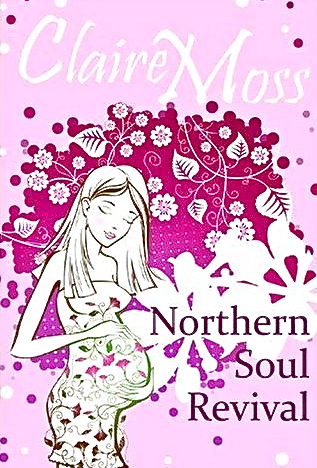
WHEN I LEFT the UK for Tasmania in early 2005, I had already spent a few months on the first draft of my first novel, Northern Soul Revival.
I was loving writing it, obsessing about the story when I should have been doing other things (sleeping, eating, working), but Tasmania was just the start of a six-month travel bender, and I was concerned that I wasn’t going to get much done on the novel over the following half-year.
